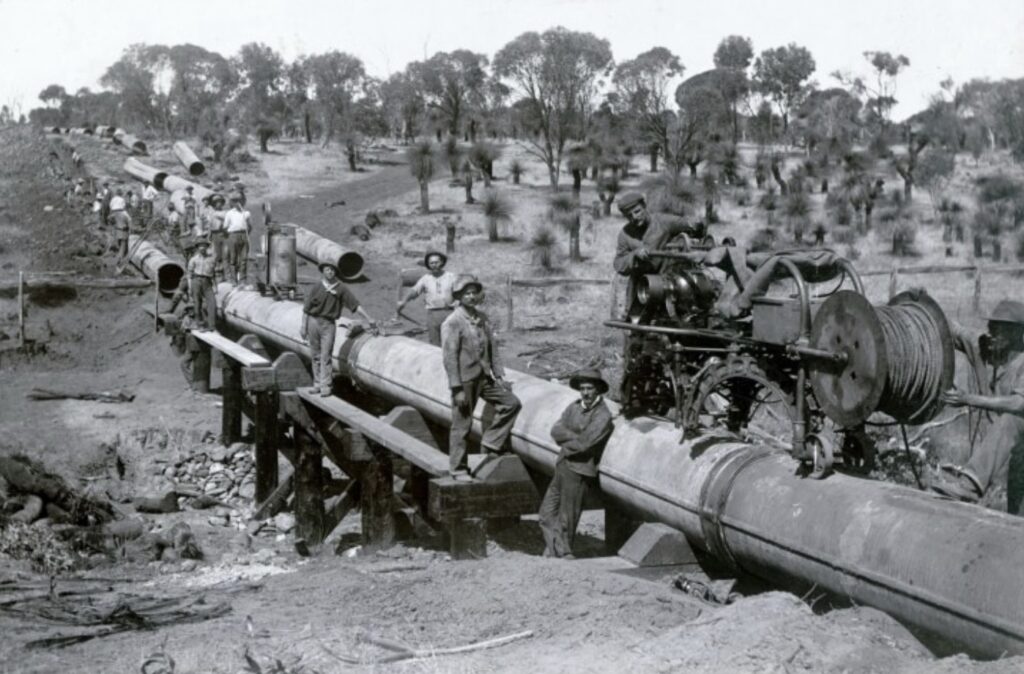The discovery of gold in Western Australia’s eastern interior in the 1890s was telegraphed around the world. People flocked to the new fields in the arid interior of the colony. While the focus was on making a fortune from the gold, there was hardly any precious, clean water, and very soon, many people were more interested in water than gold to survive.
The tent settlement at Hannan’s at Coolgardie relied on a salt lake for water some distance from the goldfield. Small condensers were used to purify the water and was transported by horse and camel to the tent camps. Some prospectors with mineral leases chose to set up a business to supply water on the goldfields instead of searching for gold. As a result, businesses sprang up to condense and provide water. Brackish water from salt lakes was boiled and condensed by steam in tall, improvised condensers to produce potable water. Since the water was the most valuable commodity in the eastern goldfields, more so than gold, these enterprising opportunists sold the water at exorbitant prices.
As the number of prospectors increased, water supply became an acute problem. The government tried to alleviate the problem by sinking bores and building water tanks. However, the water was salty and needed purifying. By 1894, the principal water source was a government bore sunk to 170 feet, producing 3,000 to 4,000 gallons per day. The process of obtaining water, however, was slow. A horse and whim were used to haul the water to the surface. Men queued for hours to fill their water bags with brackish liquid. While water filters were used, they didn’t prevent diseases such as typhoid.
A speculative boom in mining shares associated with the goldfields on the London stock market accelerated the formation of company mines to exploit underground ore deposits discovered from surface outcrops. Stamp batteries were brought to the new mines to crush the mined ore. However, they required about 9,000 litres of water for every ton of ore crushed. As a result, only a few mines could obtain sufficient water to process the ore for more than a few months a year.
By 1895, the water problem in the goldfields needed a long-term solution. Irish engineer Charles Yelverton (CY) O’Connor was called upon to solve the water shortage required not only for health and to sustain life, but also for the mining. Unfortunately, he only had one year’s rainfall records to work on when asked to find a reliable, permanent water supply for the goldfields. In 1895, believed to be an exceptionally wet year, only 6.79 inches (172.5 millimetres) fell in the Coolgardie district. The high evaporation rate and lack of suitable dam sites eliminated the option of building large dams to store water between the infrequent rains.
Instead, O’Connor came up with a radical and ambitious engineering concept to pump five million gallons of water daily from a source in the Darling Range, 50 kilometres east of Perth and 560 kilometres to the goldfields. This involved lifting water 390 metres over the Darling Escarpment. The cost of this proposal was astronomic – higher than the total cost of the colony’s capital works in any previous year. His proposal was supported by the Premier Sir John Forrest and a loan was obtained from London for £2.5 million.
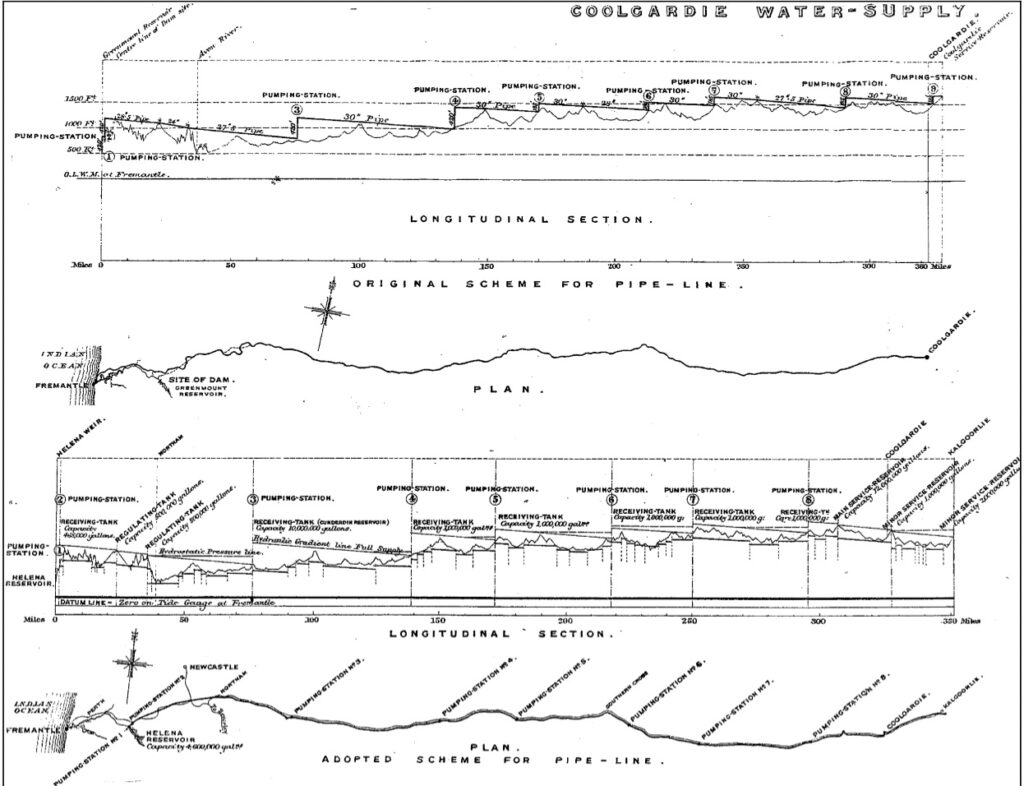
In 1881, O’Connor became Engineer-in-Chief of Western Australia, a position which carried with it the acting-general management of railways. This made him responsible for several significant projects in the fledgling colony. He oversaw the construction of a safe harbour for Fremantle and railways for the expanding colony. In 1896 he was relieved of the railways’ management to devote his attention to one of the world’s most significant engineering schemes at the time, namely the Goldfields Water Scheme.
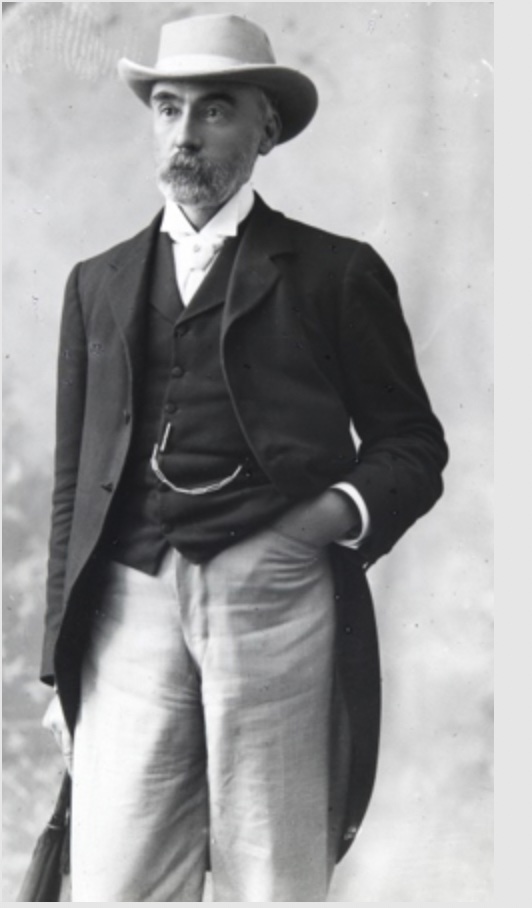
O’Connor received a lot of criticism, and many thought his idea was called the “Scheme of Madness”. A staunch opponent of the scheme was Frank Wilson, a future Premier, who believed “no government could be justified in pledging the credit of the country to provide the mines with water. The principle was wrong and unjust”. Businessman and politician George Simpson said, “it was the height of madness to mortgage our future by imposing the debt of two and a half million pounds upon our small community for one particular work”.
Work began on the pipeline in 1898. The Mundaring Weir at the base of the Darling Range, fed by the Helena River, was built first and completed in 1902. The height of the dam wall is 40.23 metres, considered to be the highest overflow dam when it was built. O’Connor divided the scheme into eight sections, each of which had its own steam pump station to move water with greater efficiency. Water was stored in a reservoir at Mount Charlotte in Coolgardie, 419 metres above sea level, for further distribution.
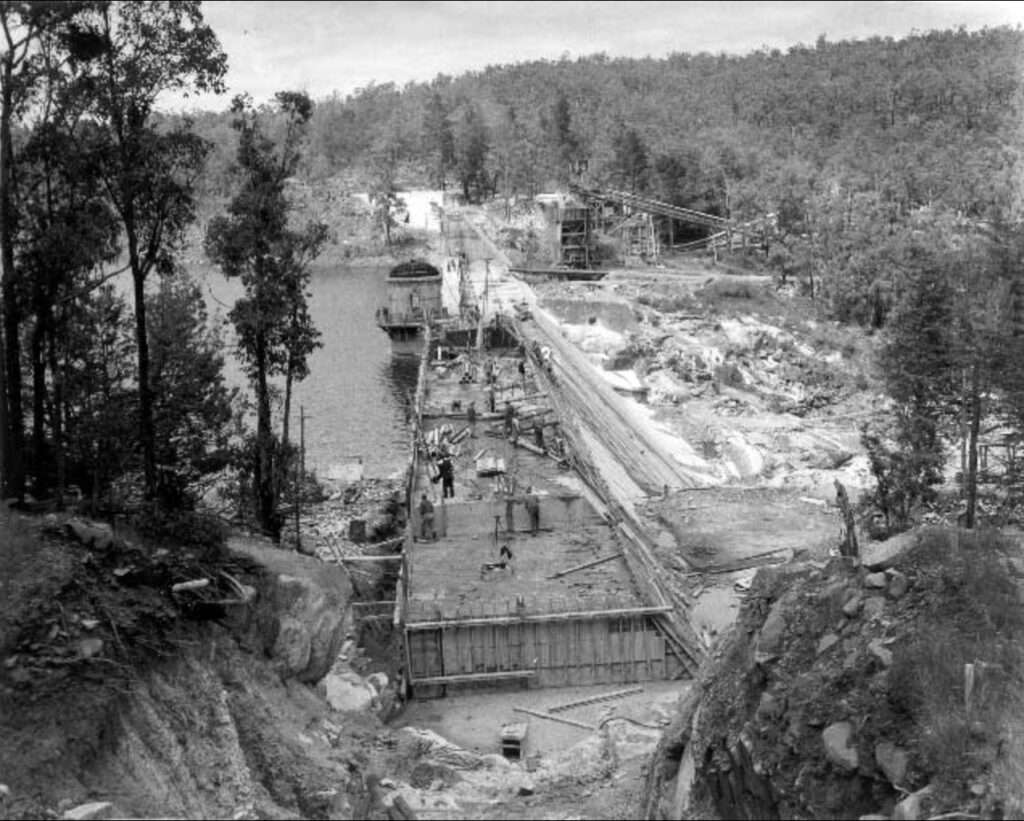
O’Connor planned to use steel pipes, and more than 60,000 in 8.5 metre lengths were needed. He chose to use a radical new locking bar system devised by Mephan Ferguson. Instead of the traditional riveted pipes, they were rivetless. Rivets were a continual source of leaks, plus they slowed the movement of water inside the pipe. The pipes were joined through a caulking process which provided a waterproof ring. A steel ring was fitted around the ends of the pipe, which left a 6 millimetre clearance. The gap was filled with rope, and molten lead poured into the joint and hammered into place as it cooled. O’Connor also chose to bury the pipeline in a trench to protect the lead-packed joints from temperature extremes.
The pump stations were steam-driven and fed with firewood for the boilers. Initially, O’Connor planned on using coal to fire the boilers. However, plans had to change because the only available source of coal was poor quality steaming coal at Collie, over 200 kilometres away. So, a decision was made to use firewood instead. It was freely available in the forests surrounding the weir and in the Goldfields Woodland.
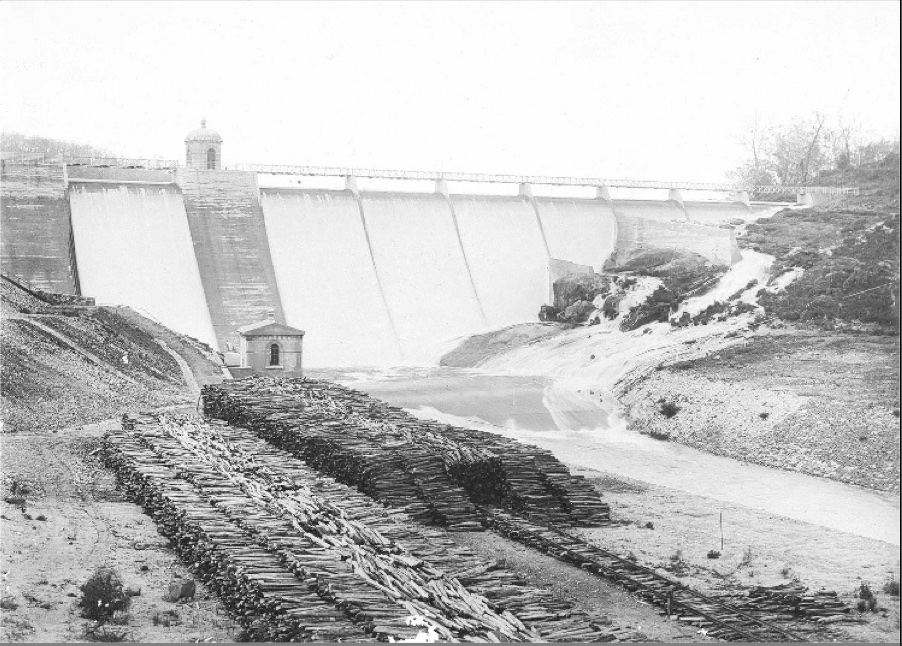
The two biggest pumps were No 1 and No 2 which had to lift the water 200 metres out of the deep Helena Valley that worked full time. They required immense amounts of firewood from the surrounding forests. See my previous blog here that provides more detail about firewood cutting for these pumps. Another blog here outlines the extent of firewood operations across the whole goldfields for the mines.
The scheme was officially opened on 22 January 1903 at Coolgardie. Two days later, it was opened at Mount Charlotte in Kalgoorlie. It became the world’s longest freshwater pipeline. Bearing in mind that some of the world’s most famous gold mining areas were discovered, rushed, boomed, and then failed in less than four years, much like Coolgardie, it was highly fortuitous that this massive scheme was linked to Kalgoorlie and the Golden Mile that lasted through its initial boom period to become that state’s second town and one of the world’s leading gold producing regions.
Sadly, with an incredible workload, heavy responsibility and continuing pressure from his critics, O’Connor’s mental health suffered, and he did not live to see the completion of the pipeline. Just before his death, he wrote in March 1902:
“The position has become impossible. Anxious important work to do and three commissions of enquiry to attend to. We may not have done as well as possible in the past but we will necessarily be hampered to do well in the imminent future. I feel that my brain is suffering and I am in great fear of what effect all this worry will have upon me. I have lost control of my thoughts. The Coolgardie scheme is all right and I could finish it if I got a chance and protection from misrepresentation but there’s no hope for that now and it’s better that it should be given to some entirely new man to do who will be untrammelled by prior responsibility.”
O’Connor then rode his horse past Fremantle Harbour, south to Robb Jetty, and into the sea to take his life.
While he had given up hope, he had not given up on his dream of a pipeline, providing final instructions as a footnote to his final letter – “put the wing walls to Helena Weir at once”.
O’Connor played a major part in ensuring the two main objectives of the scheme were met – an adequate and affordable public supply of water for the goldfields communities and a reliable supply to the mining industry. And it was done within four years. Because of the certainty of water supplies, the Kalgoorlie mines were able to expand their production.
The pipeline required continual maintenance. By 1929, 25 per cent of water leaving the Mundaring Weir was lost due to leaks. During the Great Depression, out-of-work men resurrected the pipeline for sustenance work. The pipeline was lifted out of its trench and re-laid above the ground, resting on concrete collars. Lead joints were replaced and welded. Although leaks are much easier to detect and repair in an above-ground pipe, water temperatures in an exposed pipeline can reach up to 50 degrees Celcius. Special paint was used to reflect the sun’s rays to combat this.
Water supply to the goldfields has been maintained for nearly 120 years without any major break in service. Today, it is still one of the state’s most important service arteries and remains a fitting memorial to its designers and to the hundreds of people who have built, maintained and extended it over the years.
